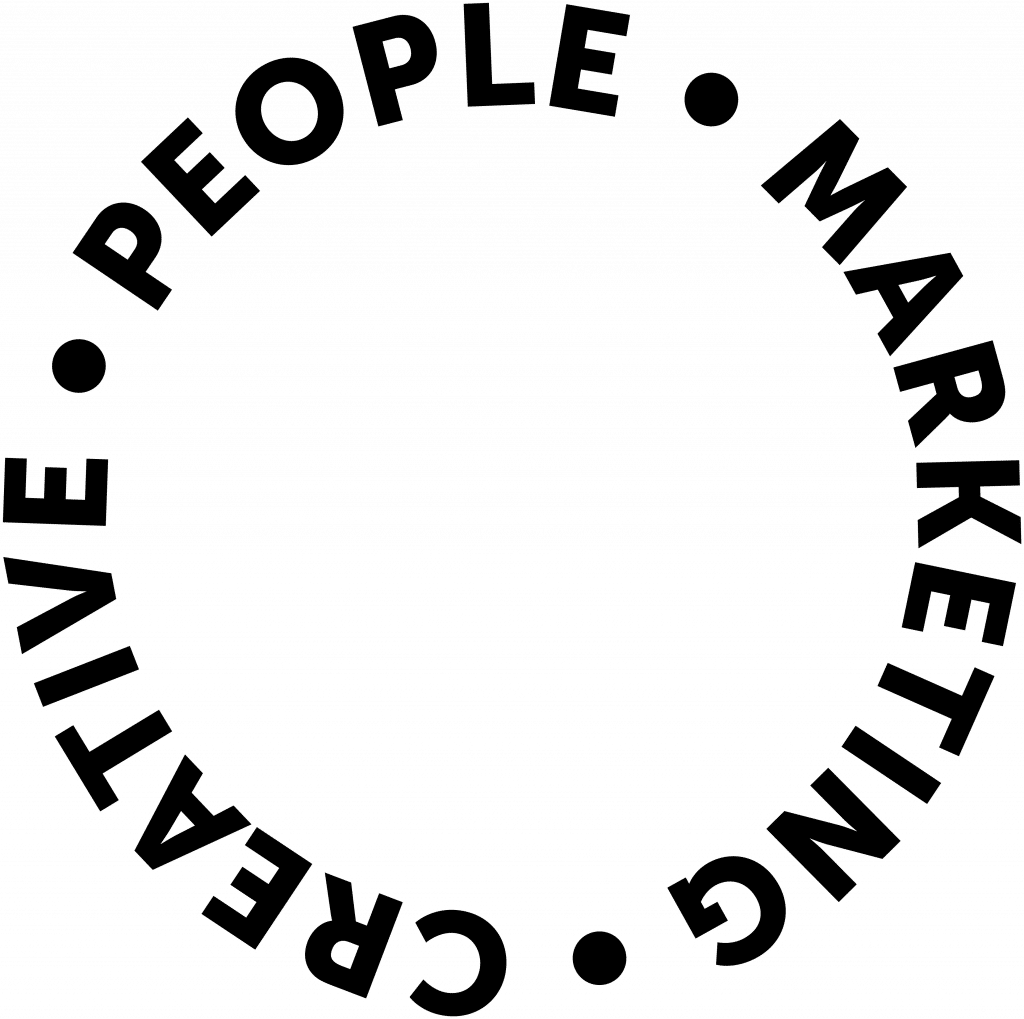When we think of branding, you might consider a logo, a colour palette, even a particular uniform or tone of voice. It’s all there, and it’s all intrinsic to a brand. The importance of a clear and recognisable brand cannot be understated, and this is even more important when the dwell time for those interacting with your brand is at a minimum. When everyone’s fighting for your attention, it’s easy to get lost.
We’ve all been there, a late taxi, a misplaced train ticket, a queue at the loos and now I’ve got to find a platform for a train that’s about to depart. Public transport is notoriously difficult to navigate, and over the years this has become an increasingly difficult area of clear brand recognition, as layers of brands are built up.
A study from Sign Research Foundation revealed that over 60% of businesses reported average sales increases of 10% or more by adding or updating their signage. This shows the importance of clear and identifiable wayfinding and signage that home in on your brand, ensuring there is no metaphorical bumps in the road of your customer’s journey.
Following on from a shake up of the United Kingdom’s railways, a newly formed body is taking over the vast swaths of varying companies (including Network Rail) and overlapping, inconsistent brands that litter our stations and trains up and down the country. Great British Railways, as it will be known, will relaunch the whole sector of public transport and with it a polished, consistent new brand which has already begun it’s rollout.
An issue all too apparent was the mismatch of wayfinding we find from websites to train stations, tickets to finding the shop on train. It’s all too confusing. Great British Railways (GBR) has set out to redefine this, including the launch of a bespoke, custom typeface; Rail Alphabet 2. Designed by well known artist Margaret Calvert, the new typeface takes inspiration from her original lettering she crafted for use on British Rail signage in the 1960’s. The new typeface needed to have legibility at the forefront, with applications ranging far and wide, it needed to be adaptable and carry the new identity that ensured it wouldn’t date and would be continually adaptable for use across a range of content, most importantly ensuring that all important wayfinding signage was easy to navigate.
Going forward GBR will tighten it’s brand presence, following a strict brand guidelines that will place brand recognition at the forefront, not only to ensure it’s presence and impact is felt, but that those of us who interact with their many stations and forms of transport are able to quickly understand wayfinding and ease our journeys.
It’s interesting that the new wayfinding guidelines developed are not too far from those meticulously developed way back in the 1960’s, and yet due to the passage of time, and the need to seemingly keep things fresh, the overall brand has become weaker, diluting it’s presence along the way.
When I consider how this applies to companies, we can see at every brand touchpoint there’s an element of required consistency and a need for clear and strong guidelines than tie it all together. Without, the consumer simply cannot fully trust that the information is current, and as a result, trust diminishes.

